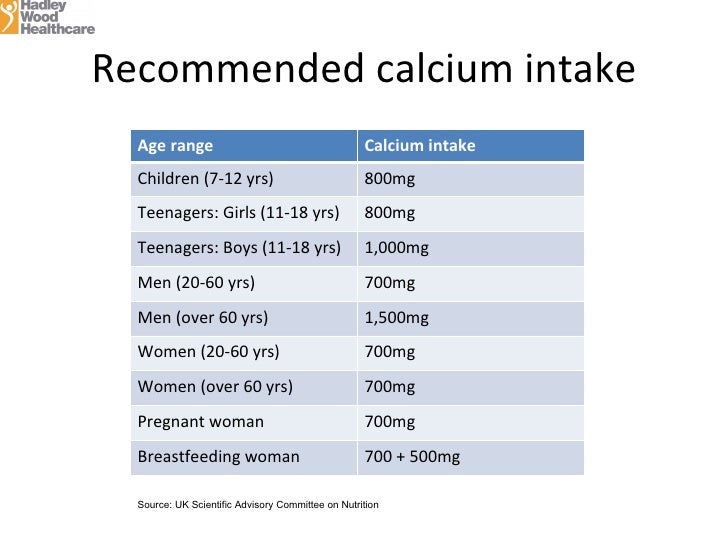

Abstract
The amendment to Standard 1.1.1 subsection 1.1.1—10(5) of the Code cannot – and does not – itself constitute a broad permission for the purposes of the Code to add caffeine to all foods (e.g., for the purposes of the prohibitions imposed by other paragraphs in subsection 1.1.1—10(5) or by subsection 1.1.1—10(6)). PubChem is the world's largest collection of freely accessible chemical information. Search chemicals by name, molecular formula, structure, and other identifiers. Find chemical and physical properties, biological activities, safety and toxicity information, patents, literature citations and more. 12 Ounce (Pack of 1) 1.1 Pound (Pack of 1) 2.2 Pound (Pack of 1) 2.2 Pound (Pack of 1) 1.1 Pound (Pack of 1) Compare with similar items. Who can't have too much caffeine. Personally, I am quite the coffee snob and have always shunned decaf products of any variety, because the decaffeinating process usually ruins the coffee.
Caffeine 113m Fox Corp Cox Sanabil
The Child Health and Development Studies is a 40-year follow-up of 20,754 pregnancies occurring between 1959 and 1967 in California. There were 84 cases of undescended testes at birth persisting to at least age 2 years among 7,574 liveborn sons whose mothers were interviewed in early pregnancy. Cases were matched to three controls on birth year and race. Compared with mothers of controls, mothers of cryptorchid boys consumed more caffeine during pregnancy (odds ratio 1.4, 95 % confidence interval: 1.1, 1.9 for an interquartile range equivalent to three cups of coffee per day) but were not more likely to smoke or drink alcohol when all behaviors were considered together. Other maternal and perinatal risk factors were not significantly associated with persistent cryptorchidism and did not confound the association with caffeine. alcohol drinking; caffeine; cryptorchidism; pregnancy; prospective studies; risk factors; smoking Abbreviation: CHDS, Child Health and Development Studies. The prevalence of cryptorchidism is highly dependent on case definition and ranges from 0.5 percent if defined as undescended testis at 1 year of age or older to as high as 6.9 percent in newborn boys (1–3). Undescended testicles in newborn boys usually spontaneously descend within the first

CHEBI:36015 - 1,1,1-trichloroethane
| Main | ChEBI Ontology | Automatic Xrefs | Reactions | Pathways | Models |
Caffeine 1.1.1
| ChEBI Name | 1,1,1-trichloroethane | | ChEBI ID | CHEBI:36015 | | Definition | A member of the class of chloroethanes carrying three chloro substituents at position 1. | | Stars | This entity has been manually annotated by the ChEBI Team. | | Supplier Information | | Download |
|
|
| Wikipedia | License | | Read full article at Wikipedia |
| Monoisotopic Mass | 131.93003 |
| InChI | InChI=1S/C2H3Cl3/c1-2(3,4)5/h1H3 |
| InChIKey | UOCLXMDMGBRAIB-UHFFFAOYSA-N |
|
| Roles Classification | | Chemical Role(s): | polar solvent A solvent that is composed of polar molecules. Polar solvents can dissolve ionic compounds or ionisable covalent compounds. | | Application(s): | polar solvent A solvent that is composed of polar molecules. Polar solvents can dissolve ionic compounds or ionisable covalent compounds. |
View more via ChEBI Ontology| ChEBI Ontology | | Outgoing | 1,1,1-trichloroethane (CHEBI:36015) has role polar solvent (CHEBI:48354)
1,1,1-trichloroethane (CHEBI:36015) is a chloroethanes (CHEBI:36016)
|
| IUPAC Name | | 1,1,1-trichloroethane |
| Synonyms | Sources | | 1,1,1-TCE | ChemIDplus | | 1,1,1-Trichloräthan | ChEBI | | 1,1,1-trichlorethane | NIST Chemistry WebBook | | α-T | NIST Chemistry WebBook | | α-trichloroethane | NIST Chemistry WebBook | | methylchloroform | NIST Chemistry WebBook | | Methylchloroform | KEGG COMPOUND | | methyltrichloromethane | ChemIDplus | | trichloro-1,1,1-ethane | NIST Chemistry WebBook |
| Manual Xrefs | Databases | | 1,1,1-Trichloroethane | Wikipedia | | 1511 | PPDB | | C18246 | KEGG COMPOUND | | HMDB0041791 | HMDB | | View more database links |
| Registry Numbers | Types | Sources | | 1731614 | Reaxys Registry Number | Reaxys | | 1731614 | Beilstein Registry Number | ChemIDplus | | 71-55-6 | CAS Registry Number | KEGG COMPOUND | | 71-55-6 | CAS Registry Number | NIST Chemistry WebBook | | 71-55-6 | CAS Registry Number | ChemIDplus | | 82076 | Gmelin Registry Number | Gmelin |
| Citations | Types | Sources | | 16541244 | PubMed citation | Europe PMC | | 20536226 | PubMed citation | Europe PMC | | 23102696 | PubMed citation | Europe PMC |
| Last Modified | | 28 July 2014 |
|



